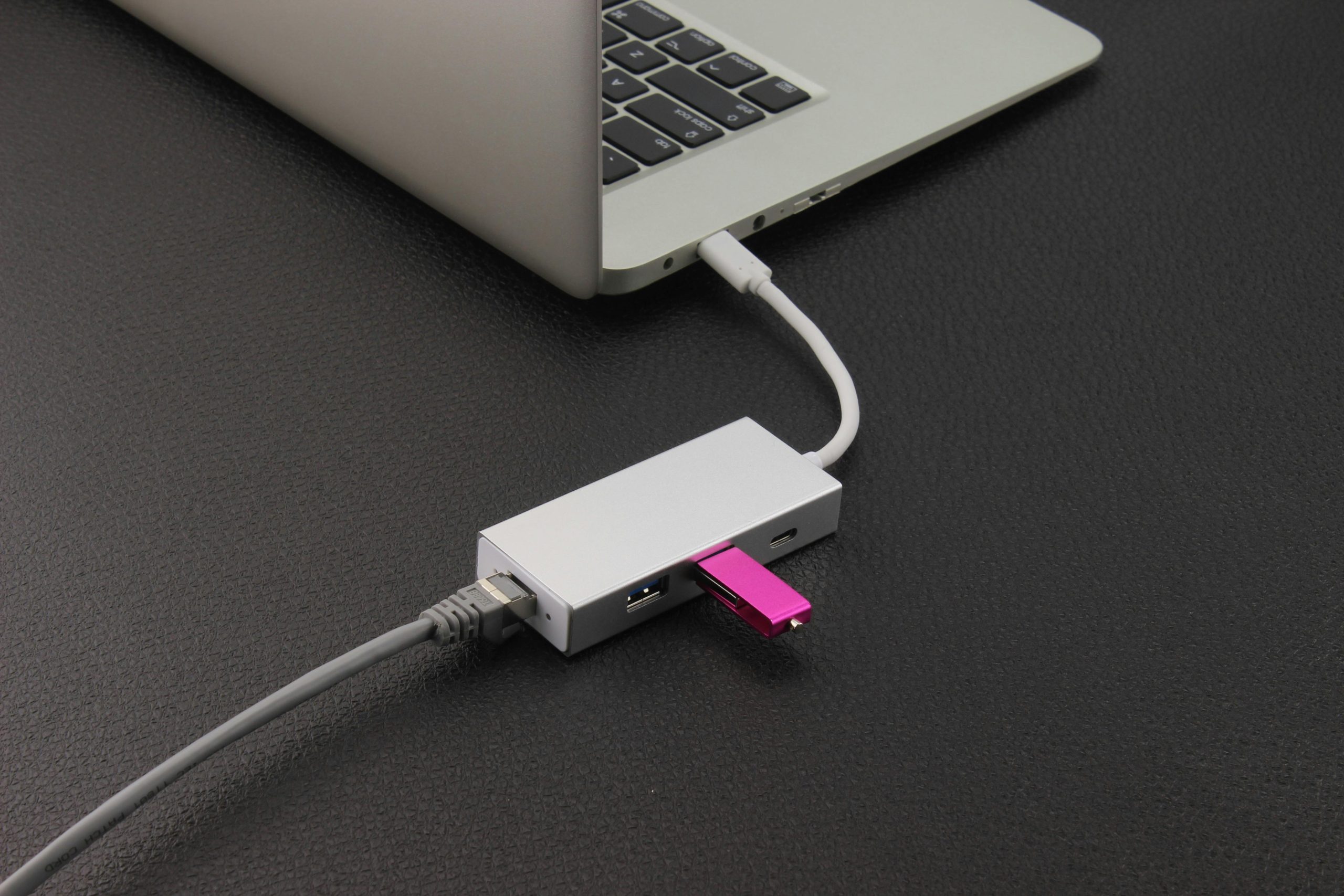Troubleshooting an Unresponsive Seagate Expansion Portable Drive: A Guide to Data Recovery
If you’ve encountered a situation where your Seagate Expansion Portable Drive is refusing to mount, you’re not alone. Many users face similar issues, particularly with older drives. In this post, we’ll explore possible solutions for accessing your data from a 500GB Seagate Expansion Drive (Model: SRD0NF1) that was functioning perfectly just six months ago.
Understanding the Problem
When you plug in your portable drive and find that it doesn’t mount on either Windows or Ubuntu, it can be frustrating. In this specific case, the drive is showing no signs of physical damage. The blue light is operational, and there are no strange sounds, which often signals that the hardware is still intact.
However, the error message encountered on Ubuntu 24.04.2 LTS indicates a more complex issue with the file system:
Error mounting /dev/sda1 at /media/user-name/drive-name: wrong fs type, bad option, bad superblock on /dev/sda1, missing codepage or helper program, or other error.
This suggests there may be a corruption within the drive’s file system preventing it from being accessed correctly.
Steps to Access Your Data
1. Check the Connections and Different Ports
Before delving into more complex solutions, ensure that the USB cable and ports you’re using are not the culprits. Try a different USB cable and connect the drive to another USB port, or even another computer, to rule out any connection issues.
2. Using Data Recovery Software
If the drive remains unresponsive, you may want to consider open-source data recovery tools. Here are a few recommended applications:
-
TestDisk: This powerful tool can help you recover lost partitions and repair file systems. It operates through a command line interface, so basic familiarity with terminal commands will be beneficial.
-
Photorec: Often bundled with TestDisk, Photorec specializes in recovering files from damaged drives by bypassing the file system structures.
-
GParted: This partition editor not only helps you visualize the partitions but can also uncover issues in the file system that might be preventing the drive from mounting.
3. Running File System Checks
If you’re comfortable using the command line, running a file system check could bring your drive back to life. On Ubuntu, use the command:
Share this content:




Helpful Tips for Your Seagate Expansion Drive Issue
Thank you for reaching out regarding your Seagate Expansion Portable Drive. Based on the information you’ve provided, it appears that the drive may have filesystem corruption preventing it from mounting correctly. Here are some recommended steps to recover your data:
fsck